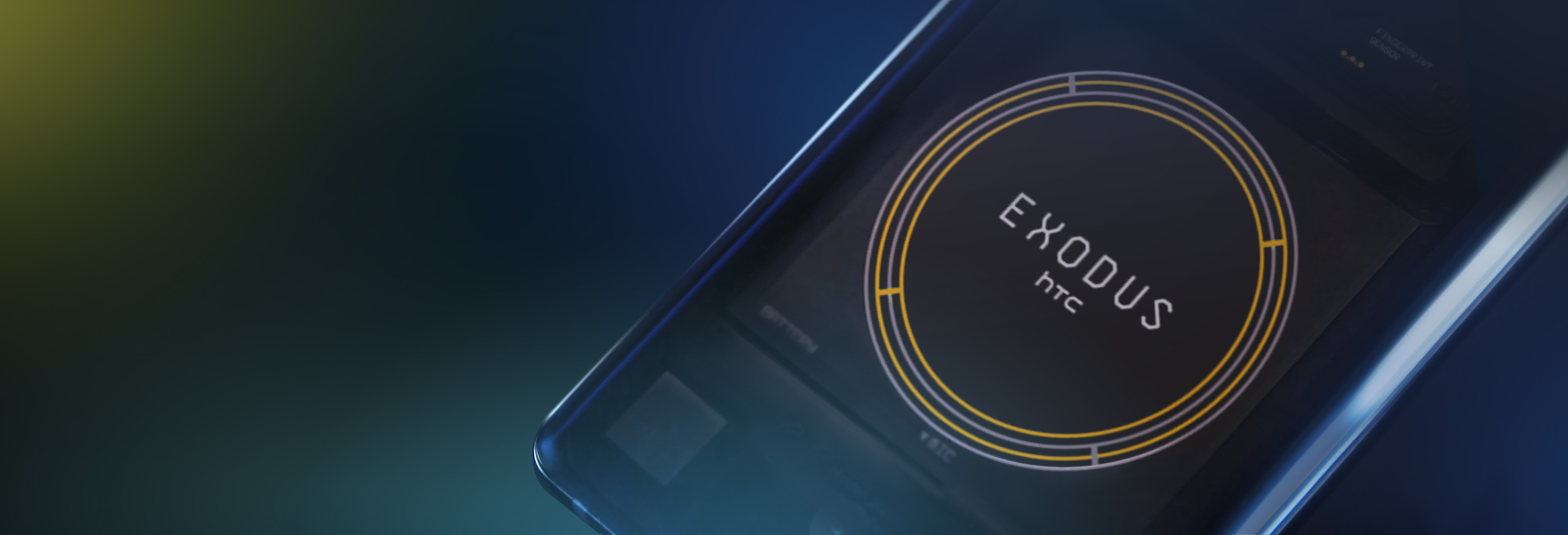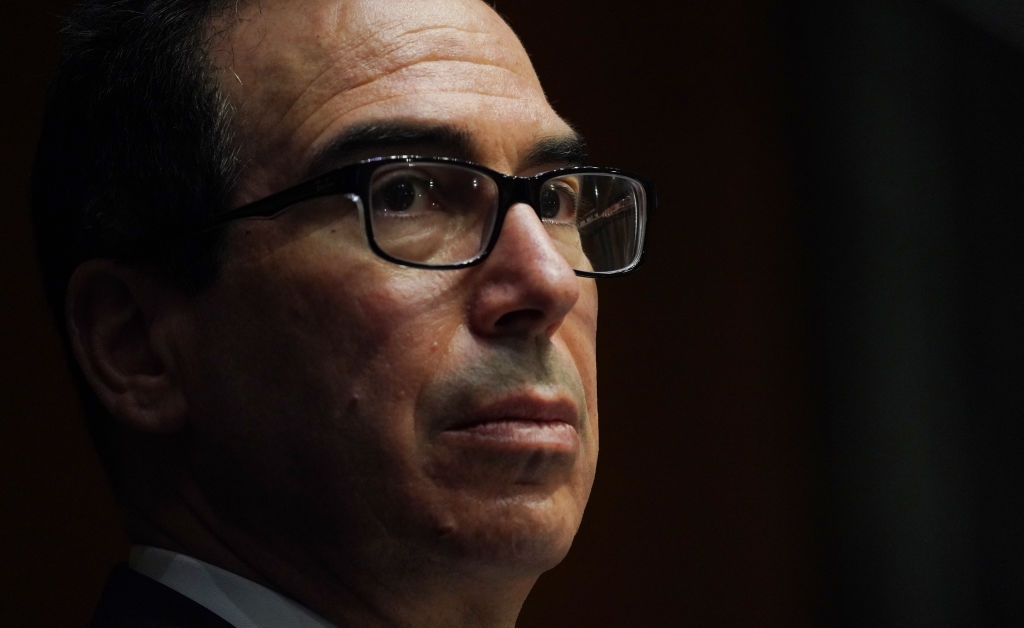Uniswap Developer Unveils Own Layer-2 Network, Unichain, Built on Optimism Tech
-
Uniswap Labs, the developer behind top-ranked decentralized crypto exchange Uniswap, disclosed that it has built a new layer-2 network, which was set to launch on testnet Thursday.
-
The new project was built using Optimism’s OP Stack, a blockchain blueprint that also has been used by the crypto exchange Coinbase and electronics giant Sony to spin up layer-2 networks.
The main developer behind Uniswap, the largest decentralized crypto exchange, plans to launch its own blockchain as a layer-2 network atop Ethereum – part of an effort to make transactions faster and cheaper while also improving liquidity.
Unichain, as the new network is known, was set to go live on a private test network Thursday, according to a press release.
The project’s technical development is being led by Uniswap Labs, relying on technology borrowed from the Ethereum layer-2 team Optimism’s OP Stack. As such, Unichain will become a part of the Superchain, a federation of Optimism-affiliated networks that includes the U.S. crypto exchange Coinbase’s own layer-2 blockchain, Base.
“People actually want things to feel instant,” said Hayden Adams, the inventor of Uniswap and CEO of Uniswap Labs, in an interview with CoinDesk, when asked about the motivation for the initiative.
The news is in line with the ongoing trend that’s hit the Ethereum scaling world since the end of 2023: giant and familiar crypto exchanges launching their own layer-2 networks. Coinbase famously created the Base with OP Stack, while OKX has X Layer, using technology from the team behind another layer-2 project, Polygon.
Another Layer-2 Arrives
Over the course of the past year, layer-2s have popped up everywhere, and some in the industry have argued there is a growing fatigue, as well as fragmentation, because of these networks. Some pundits have argued that there could be thousands of layer-2 networks within a matter of years, and teams are already building layer 3s to run atop the layer 2s.
Adams argues that the fatigue is due to the fact that “there’s way more people focused on infrastructure than people focused on use cases for that infrastructure. And so it leads to where you have a million platforms seeking developers, and not that many developers seeking a platform.”
His argument for Unichain is that, just as Uniswap is a liquidity hub on the Ethereum network, Unichain could be a DeFi hub for many chains, as part of various chains that are plugged into Optimism’s Superchain ecosystem.
“We think that that can ultimately lead to products and user experiences that feel more like the real world, things that don’t feel like you have to learn something entirely new to use them,” Adams told CoinDesk.
Technical details
As part of the unveiling, the Uniswap Labs team plans to bring unique technological features to the chain, built with Ethereum research and development team Flashbots, including a trusted execution environment (TEE) for block building and a secure computing area that ensures transactions and code are not tampered with, as well as a community validation network.
The TEE is supposed to bring transparency to transaction ordering, building blocks between 200-250 milliseconds, the team shared in a press release. That works out to between one-fifth and one-fourth of a second, versus 12 seconds now on the Ethereum mainnet and two seconds on most layer-2 networks.
“Going from two seconds to 250 milliseconds for the experience that a user will have is actually extremely impactful,”Adams said.
Faster blocks also could reduce opportunities for maximal extractable value (MEV), which is where automated trading bots are able to frontrun transactions sitting in a blockchain’s queue, before they can be processed.
The community validation network, coming in 2025, is supposed to help with decentralization “by allowing full nodes to help verify blocks by staking UNI,” the Uniswap team wrote in the press release.
“This approach reduces the risk of sequencers proposing conflicting or invalid blocks, which could delay transaction finality or expose users to financial risks from interacting with unfinalized blocks.”
Edited by Bradley Keoun.
Disclosure
Please note that our
privacy policy,
terms of use,
cookies,
and
do not sell my personal information
have been updated
.
CoinDesk is an
award-winning
media outlet that covers the cryptocurrency industry. Its journalists abide by a strict set of
editorial policies.
CoinDesk has adopted a set of principles aimed at ensuring the integrity, editorial independence and freedom from bias of its publications. CoinDesk is part of the Bullish group, which owns and invests in digital asset businesses and digital assets. CoinDesk employees, including journalists, may receive Bullish group equity-based compensation. Bullish was incubated by technology investor Block.one.
:format(jpg)/s3.amazonaws.com/arc-authors/coindesk/7dc71a1a-5122-47cc-9bbf-82501f65b060.png)
Margaux Nijkerk reports on the Ethereum protocol and L2s. A graduate of Johns Hopkins and Emory universities, she has a masters in International Affairs & Economics. She holds a small amount of ETH and other altcoins.
Follow @cryptauxmargaux on Twitter









